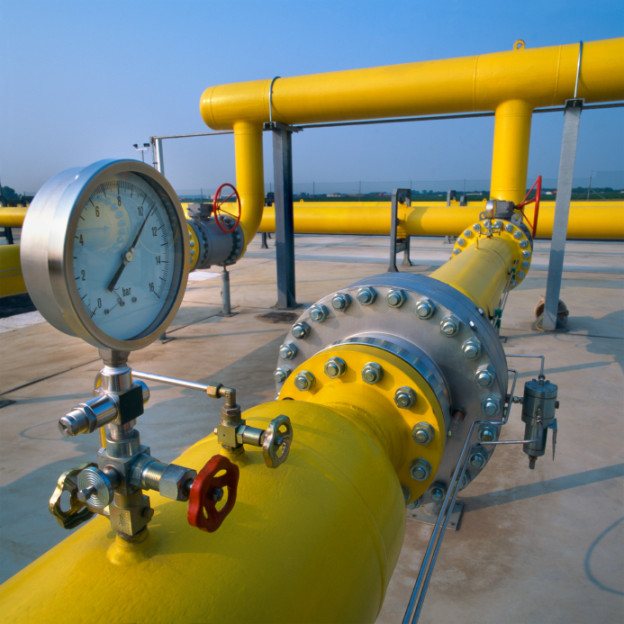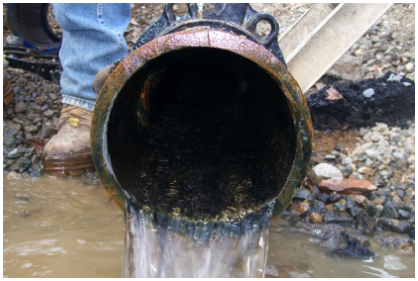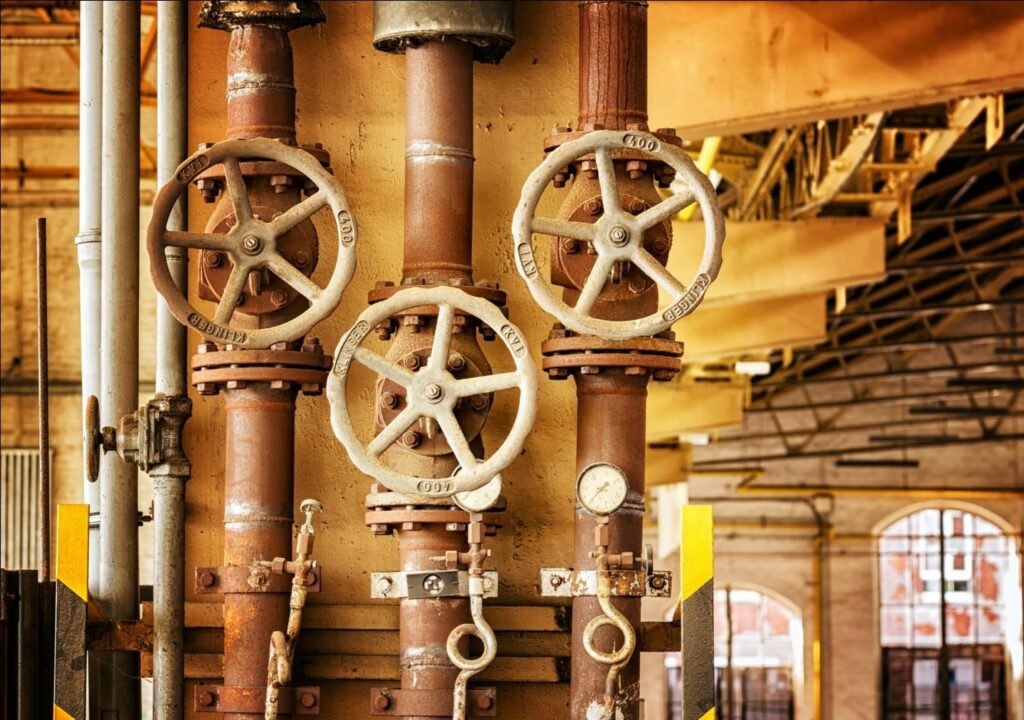Anyone in the construction industry understands that pre-commissioning procedures are integral to maintaining pipelines and protecting pipes from contaminants. It prepares the industrial pipeline for future use and ensures that they are functioning as they should.
There are several procedures involved in the process of pre-commissioning. In this article, we will be giving you a thorough rundown of what they are. Moreover, we will also be discussing what is pipeline pre-commissioning, how it is different from the process of commissioning, why one should be getting it done regularly, and more.
We strive to provide you with as much information about the pipeline on Linquip’s website as possible so that you can choose the product and service that will suit your application. If you have any questions concerning pipeline testing and inspection, Linquip is the best option for you. Linquip experts are available at any time to answer questions about these pieces of equipment. We recommend that you read Linquip’s article titled, “What is Piping?“.
There are several components within the Linquip platform, and in order to obtain the most out of them, you must register as a Linquip Expert. When you create an account on Linquip, you will be able to showcase your skills related to industrial equipment in a manner that is tailored to the needs of the industry. Would you be interested in contributing a guest post to the Linquip website? Using the Linquip platform, you can post your content directly to the site using the Guest Posting option.
Pipeline Pre-commissioning
This is an industrial procedure carried out to analyze pipelines’ effectiveness and ensure if they are functioning at their optimum level. It checks to see whether the pipelines can carry substances like water, gas, petroleum, and chemicals without leaking.
Pre-commissioning is done right before the final substance is introduced because it verifies whether the pipelines are ready to carry it out without leakage. Introducing the substance is the next step in the industrial procedure, which is called pipeline commissioning. The pre-commissioning process ensures that the next step goes as smoothly as possible.
A group of experts who have specialized in this branch of engineering typically carry out the pre-commissioning processes. Experienced and trained individuals must do this task because the entire functioning of the plant and not just the pipelines rely on it.
There are several pipeline pre-commissioning procedures involved that these experts carry out. These include:
1. Pipeline Cleaning, Inspection, and Gauging
The cleaning and inspection procedure is usually carried out through an integrated pigging solution that involves pushing devices such as pigs or scrapers through the pipe with the help of a ‘pig launcher.’ Once they have been launched, the pressure-driven pigs are pushed through the pipelines until they reach their receiving station, known as the ‘pig receiver.’ This pressure is provided either by gas or liquid. Through this process, the entire pipeline is cleared out of all substances and potential contaminants.
In addition to cleaning, these pigs can also help with the process of pipeline gauging. This is part of the inspection of pipelines because the pigs are pushed through them to identify any defects within the structure of the pipelines. These defects can include dents, debris, or anything that might affect the functionality of the pipelines. The difference between pipeline cleaning and pipeline gauging is that gauges are attached to the pigs during pipeline gauging but not during cleaning.
2. Hydro Testing Pipelines
This part of the pre-commissioning procedure tests the strength of the pipelines and whether they would leak when a substance is pushed through them. It is done to ensure for the second time that there are no defects in the pipeline. It serves as the final step in testing the structural integrity of the pipeline.
Hydrotesting is done by adding water, typically dyed in a prominent color, to the pipeline and removing air. Then the pipeline is pressurized up to a specific limit for some time. The pressure is then held for some time to detect any leakages in the pipeline, or any structural detects forming. Cracks in the pipeline can be visually detected, especially if the water had been dyed.

3. Pipeline Flooding
When filling the pipelines with water for hydrotesting, pipeline flooding takes place simultaneously. It can also be done during other pigging procedures or before hydro testing is done. Pipeline flooding is done by propelling pigs through the water or adding free-flowing water to pipelines in which the pigs cannot fit into.
4. Dewatering Pipelines
Once the hydrotest has been completed, dewatering the pipeline takes place. This involves drying out the water in the pipelines through evaporation and gas. It is usually done with the help of the same pig that was used to fill the line. Since this involves high pressure of air and gas pushing the water, this step in the pre-commissioning procedure is considered to be the most dangerous. The process leads to violent releases of air and water that can potentially harm equipment and personnel.

5. Drying of the Pipeline
This is the last of the pipeline pre-commissioning procedures and is highly important. Since the pipelines contain water after hydrotesting, it is usually done right at the end. This process prevents the lines from getting corroded. It also prevents any hydrates from forming in the lines, or any freezing of the water, if any. This is done through air drying, drying with gases, or vacuum drying. Depending on the level of dryness required, one of these methods is used. Sometimes, even a combination of methods is used.
Drying is not needed for all pipelines; however, if the pipelines are used to transport substances that need the lines to be dry, only then is this process undertaken.
Other Processes in Pre-commissioning
While the above mentioned processes are the most important ones in pre-commissioning, there are some optional services offered by experts as well. These include:
- Checking of the valves in pipelines
- Subsea sampling with real-time data
- Tests to see if the lines are working as they should
- Umbilical testing of the pipelines
The Importance of Pre-commissioning
The pre-commissioning process is significantly fundamental to its future operation and ultimately to the entire industrial pipeline preparation. Pipelines that have not been properly pre-commissioned will not function at their best possible level and have significantly reduced production performance. These pipelines are also more susceptible to corrosion and debris issues.
Typically, pipelines get contaminated with grease, oil, and grit during construction. If these contaminants are not removed, the pipelines will not be able to hold or carry any substance efficiently. Therefore, getting them pre-commissioned will likely prevent you from incurring severe issues down the line during the course of its performance.

Final Words
By now, you can probably tell that pre-commissioning is quite a significant process in ensuring pipelines work efficiently. It provides the safety of all equipment and personnel are maintained. Therefore, having experienced pipeline commission experts that use state-of-the-art technology is integral in getting the best possible results. Our pipeline pre-commissioning service can ensure your lines have maximum efficiency, reduced corrosion and formation of hydrates, and overall excellent performance. You can reach out to us at Online Electronics for more information.
Download PDF for What is Pipeline Pre-commissioning?
By clicking on the following link you can download a PDF file that contains the entire content of this article.



